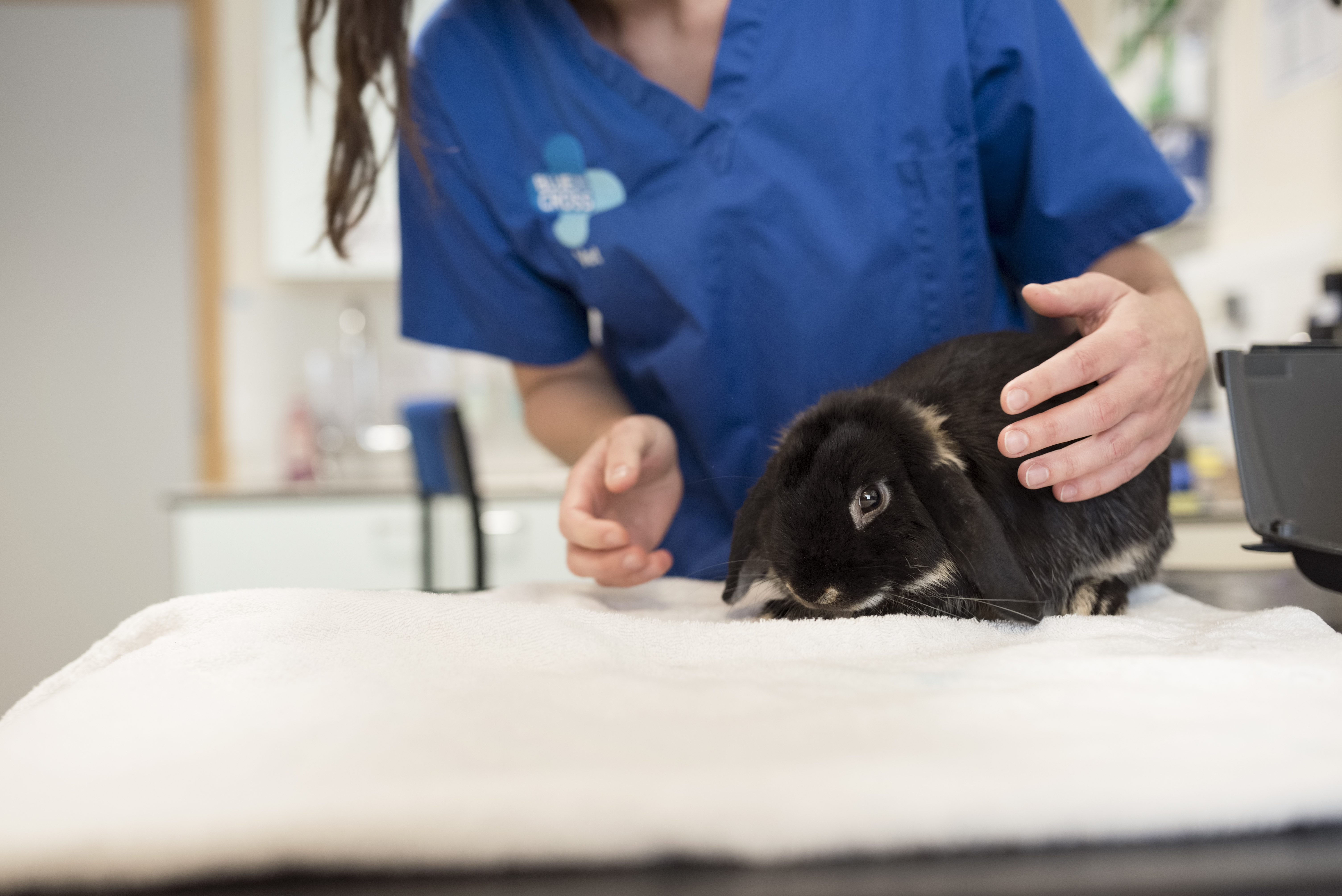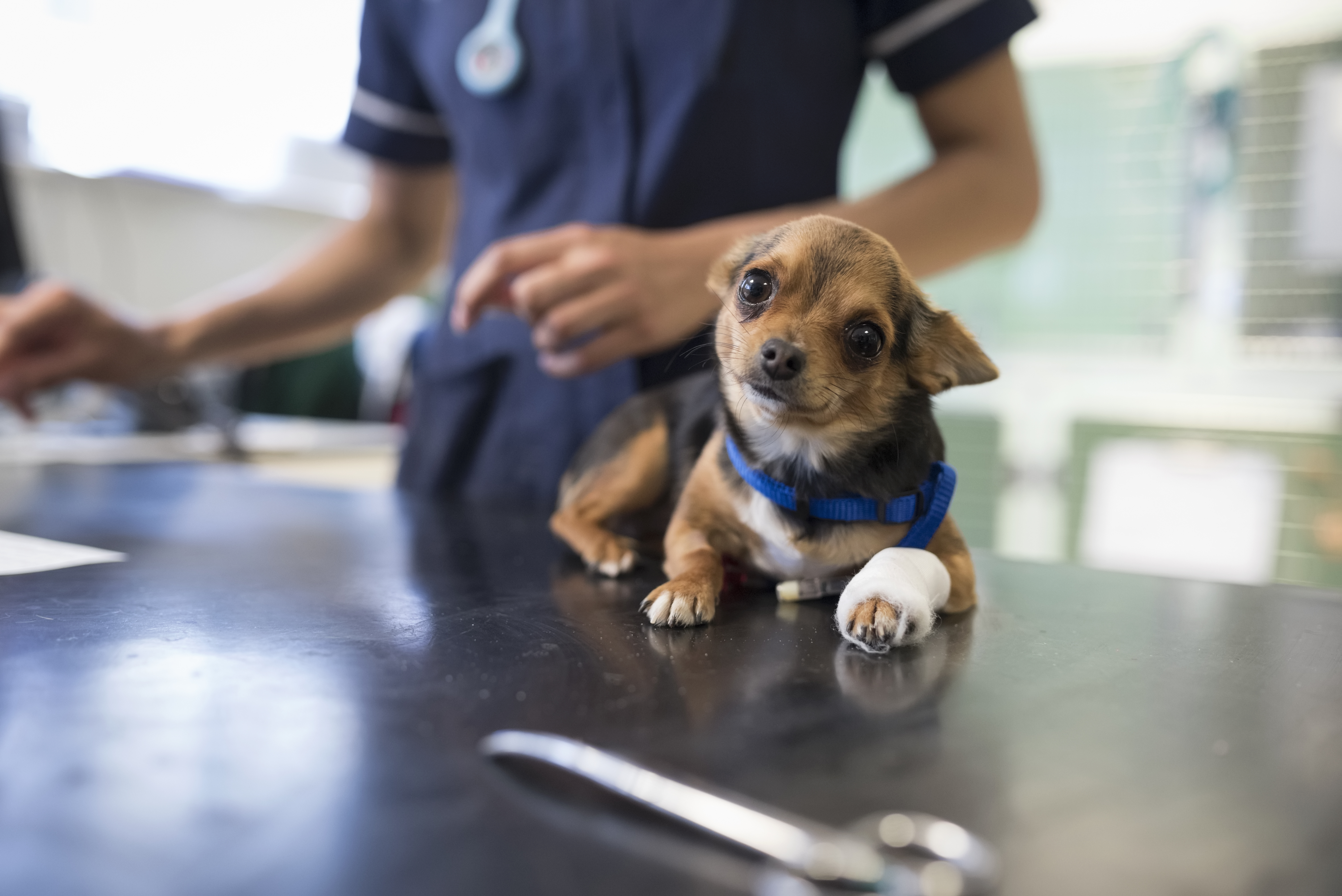
24 hours in animal A&E
The Blue Cross animal hospital in Victoria is thought to be the oldest facility of its kind in the world, and has been on the frontline of veterinary medicine since it opened in 1906. During the First World War we cared for the pets of soldiers away fighting, and carried out operations by candlelight during the Blitz. Today, it helps thousands of pets every year, with treatments ranging from routine neutering to complex – and often lifesaving – operations. Here’s what a typical day holds for our flagship central London hospital...
9am
As soon as our animal hospital flings opens its doors, vets have the first emergency case of the day on their hands. Little Tinkerbell has been retching, licking walls and is off her food – her owner is understandably concerned, fearing that the white chihuahua cross jack russell has something stuck in her throat. On checking her over, our veterinary nurses can't see any obvious signs of a foreign body, so once seen by one of our clinic vets, the one-year-old dog is admitted as a day case so we can investigate.
Meanwhile, a steady stream of patients flow through our clinic doors, from cats needing routine check-ups to dogs with injured legs.
10am
Up in the day wards, the team is getting our pets ready for their procedures. Alongside Tinkerbell’s kennel is Frank the seven-month-old bulldog, who is suffering from cherry eye – a condition inherited in his breed. The problem, caused when the gland in a dog’s third eyelid becomes swollen, is one we’re sadly seeing more and more at our hospitals. He’s taken up to the operating theatre first for his surgery.
11am
For 11-year-old greyhound Holly Potato, it’s been a difficult week. When the sight hound started slipping over at home seven days ago, owners Emma Sheppard and Gareth Dobson knew something serious was wrong and rushed her to our animal hospital for emergency care. She had suffered a stroke. We nursed her around the clock for two days before she headed home to rest, and she’s now back for a check-up.
Although she is still a bit unsteady and has lost vision in one eye, our vet is happy with her progress. She’ll need to keep taking medication to treat high blood pressure, but the outlook is good for this resilient girl.
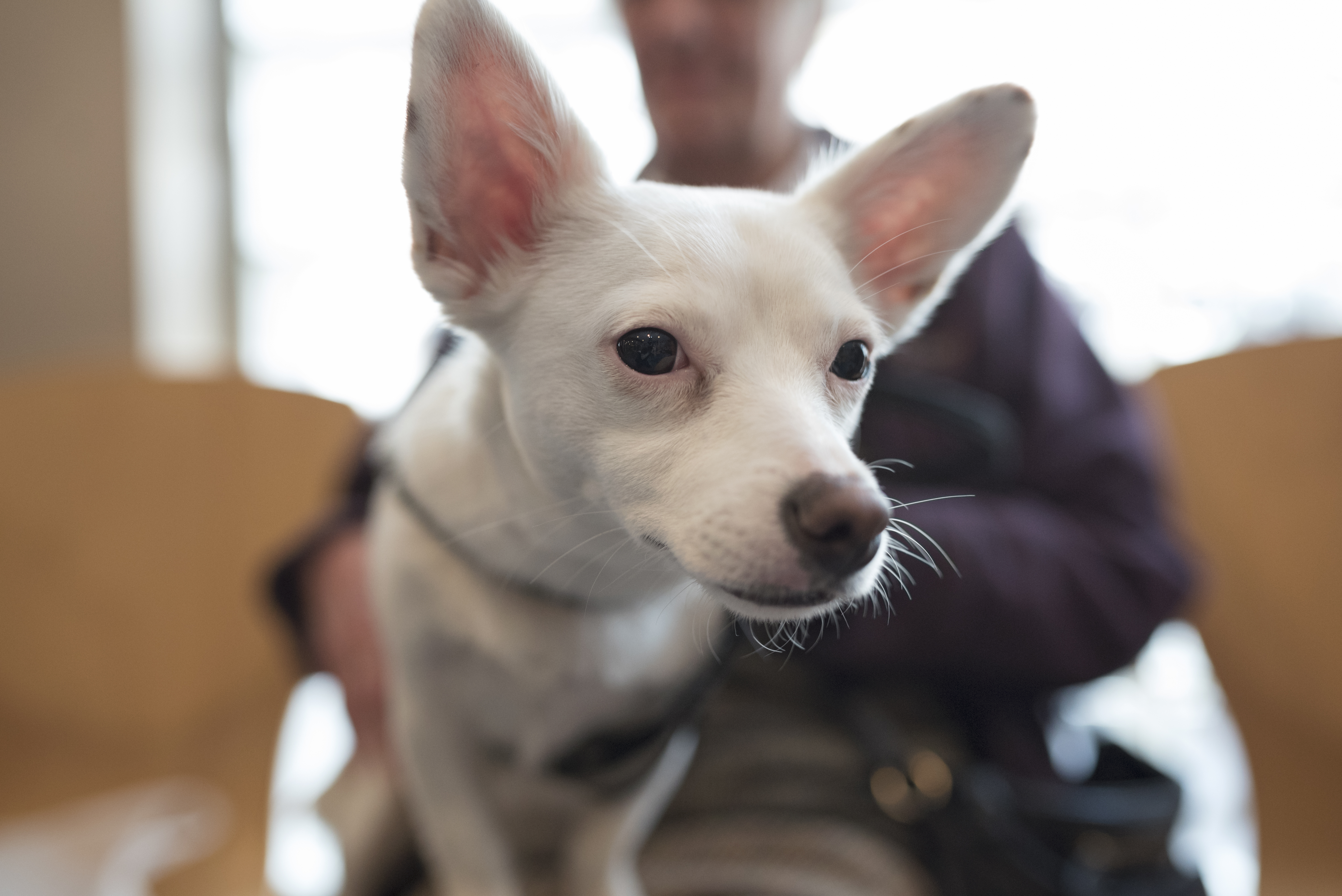
12pm
When a badly injured dog is brought through the doors covered in blood and in the arms of her distraught owner who is calling for help, our team swing into action straight away. One of the vet nurses immediately rushes the dog to one of our emergency rooms, while another speaks to the owner to establish what has happened. Nina, who’s 10 years old, has been attacked by another dog while walking through a park. She’s still conscious but our team desperately need to stop the bleeding if she’s to stand a chance of survival.
1pm
The clinics might have paused for lunch, but it’s all systems go behind the scenes. Nina has been stabilised after being given pain relief, oxygen and put on a drip. X-rays have shown no evidence of internal injuries so she’s now in the inpatient ward where she’s being left to recover from the shock before our team clean her up to take a closer look at the wounds. She has recently been diagnosed with early stage heart failure, which makes her even more vulnerable. Things remain very touch and go for her.
There’s also back-to-back surgery throughout the day, with Oscar the most complex case. The eight-month-old crossbreed fell from a two storey window, fracturing the bones in three of his legs. It took two of our vets more than two hours to mend this poor boy’s broken limbs so that he can look forward to a future where he’ll eventually be able to run about and play. Had we not been there to step in, this major – and expensive – surgery would have been well out of the financial reach of Oscar’s owners.
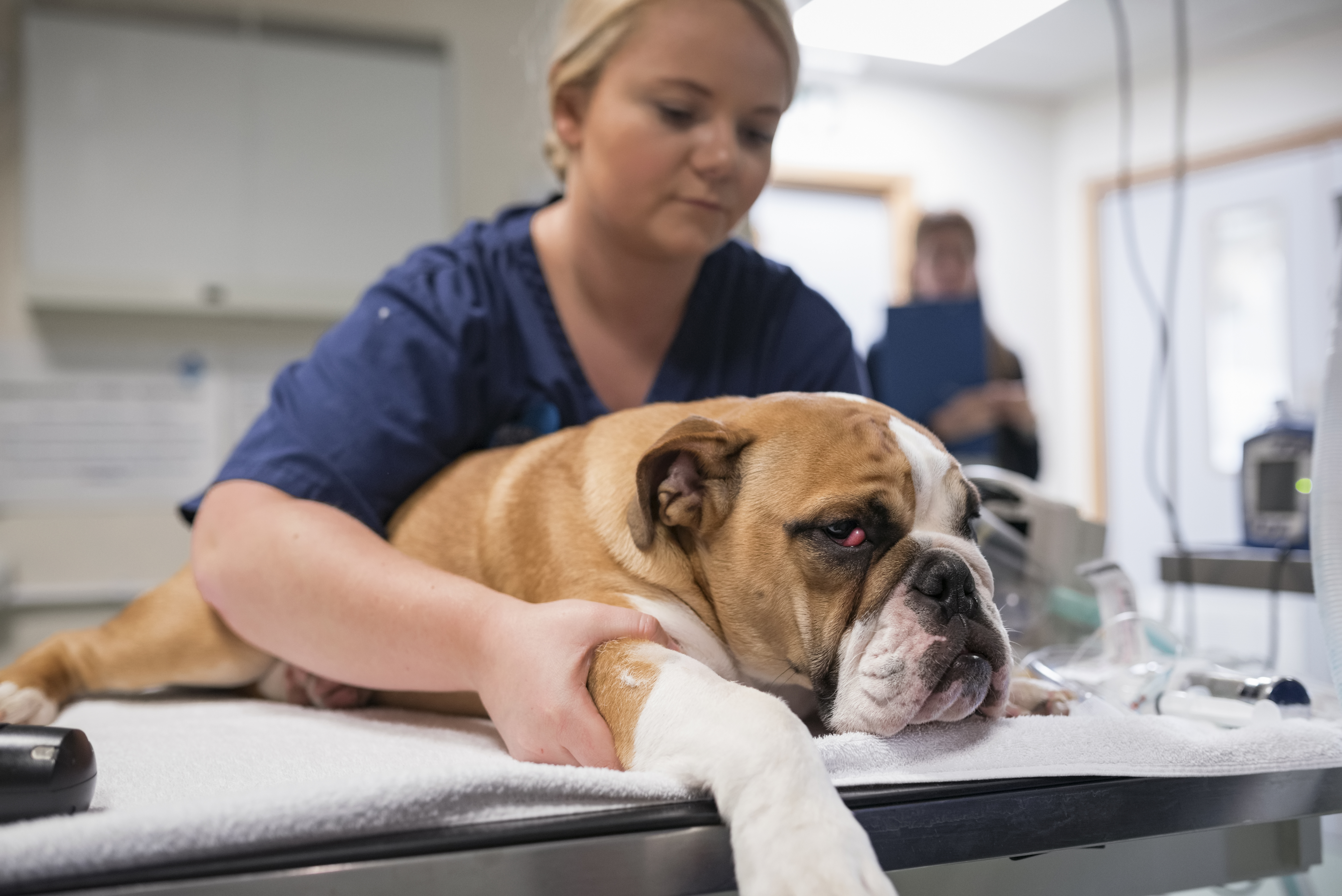
2pm
As clinics reopen for the afternoon, another emergency case arrives. A little Pomeranian who has swallowed rat poisoning has come to us just in time. Our vet immediately gives eight-month-old Snowie an injection to make her sick, and it looks as though she has brought up all of the potentially fatal poison. Had she got to us any later, she would have already started to digest the toxic substance. Once she’s had another injection to stop the nausea persisting, she is taken home for rest.
There are also two tiny kittens, Poppy and Pearl, in for their first check-up. Meanwhile, Tyrian the cat is in a sorry state. He can’t stop itching himself and is starting to lose his fur. Fleas are the most common reason animals become itchy and restless, but the parasites often can't be found. So, he's sent home with some flea treatment just in case, as well as a short course of steroids to bring his itchy skin under control. Rabbit Fari is also in for a check-up.
3pm
Nina’s blood soaked fur is now being cleaned so Vet Matt Hennessy can take a closer look at her injuries. He discovers several puncture wounds on the little Yorkshire terrier’s chest and her jugular vein has been lacerated. When she begins to bleed heavily again, she’s rushed into emergency surgery to save her life.
The anaesthetic was touch and go, but Matt and the veterinary team manage to repair her wounds. Her jugular vein has been tied off and a tube has been stitched into her wounds to allow fluid to drain out. But Nina is not out of the woods yet – only time will tell if this poor girl has the strength to pull through.
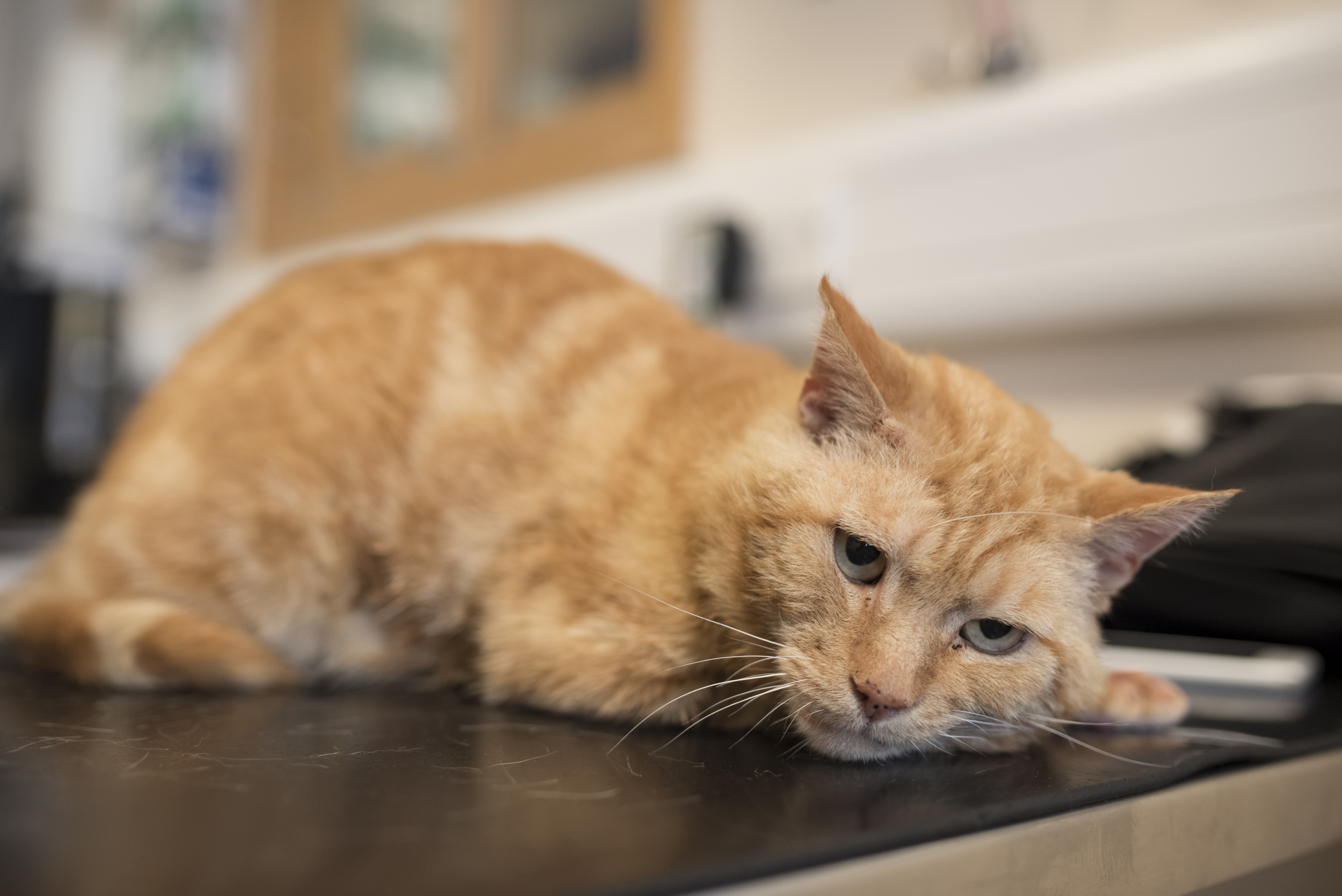
4pm
Back down in the clinics is staffie Rudy who, at the ripe old age of 15, is starting to have trouble with his hind legs. As an elderly gent, his owner Joanne Howle is told by our vet that he’s likely to be suffering from arthritis, a common problem among senior dogs.
Joanne said: “Rudy is a beautiful soul and we owe everything to Blue Cross, it has done a lot for us.”
5pm
One of the last patients is Yorkshire terrier Ruby, who has recently had an operation with us to fix a condition called floating patella, whereby her kneecap has moved out of its socket. Her owner, pensioner Maureen Ethell, said she’s been recovering well and our vet is pleased with Ruby’s progress.
Upstairs, Tinkerbell and Frank are waiting to be collected. X-rays showed no obstructions in Tinkerbell’s throat and no obvious sign of illness, so she’s sent home with worming tablets and put on a bland diet.
6pm
Clinics are now closed for the day, but our hospital team work round the clock to ensure our overnight patients are safe. Tonight, this includes Nina, who’s recovering well, and a seriously ill cat that has already given birth to one stillborn kitten and now needs a life-saving caesarean to deliver the rest. We will also be on hand to ensure Oscar gets the pain relief he needs.
Emergency cases will continue to roll in throughout the night and into the early hours. Providing accident and emergency cover is expensive - but it’s vital that we’re there for sick and injured pets when they need us most. We're there for them 24 hours a day, as we always will be.
How treatment is funded for those in need of help
At all of our hospitals and pet care clinics around the country, we help the dogs, cats and small pets belonging to owners who can’t afford private veterinary fees. Blue Cross does not get any money from the government or local authority and we rely fully on donations to run our veterinary services. So any donation you make, however small, is helping sick and injured pets to recover.
